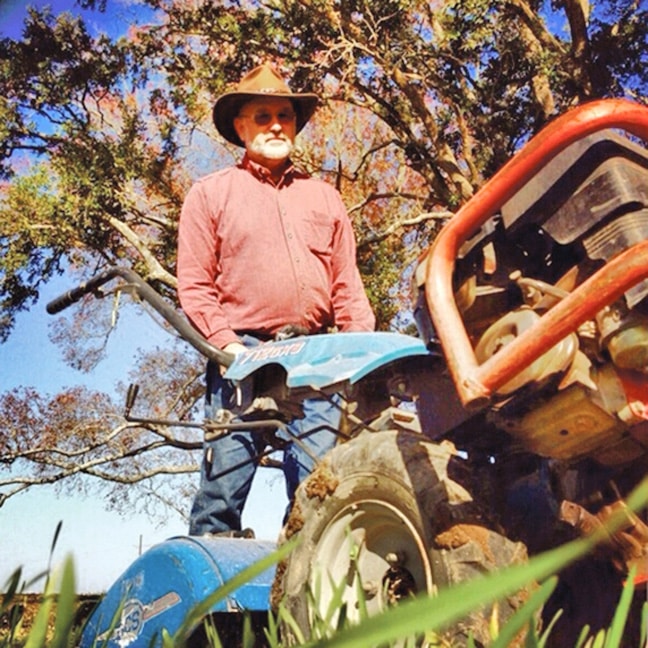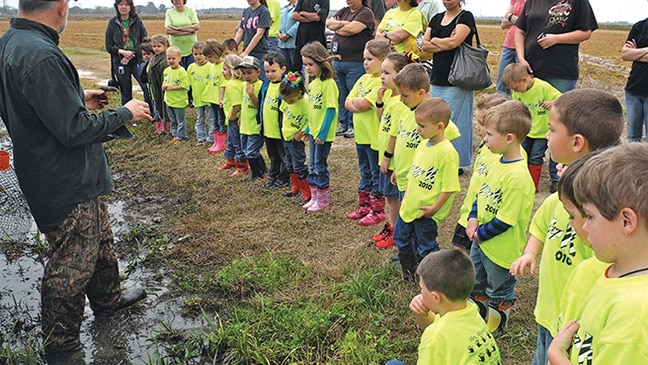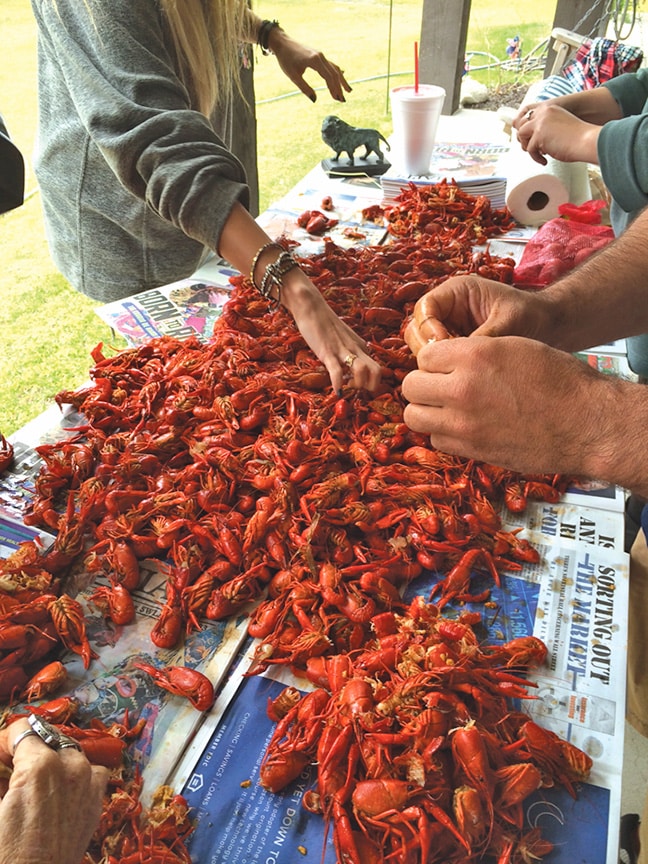When you think about or say the word Louisiana, there is probably one visual that comes to mind that almost every Louisiana native craves throughout the year. Of course I’m talking about the Louisiana delicacy that is red, packs quite the pinch, and actually is extracted from the mud — well sort of.

In 1983, the crawfish was named Louisiana’s official state crustacean. There are reportedly over 500 species of crawfish, over half of which can be found in North America. The red swamp and white river crawfish are the two harvested species in Louisiana.
According to the website crawdaddies.org, there is a Cajun legend that crawfish are descendants of the Maine lobster. Following the exile of the Acadians from Nova Scotia in the 1700s, the legend goes, lobsters so badly wanted to be with the Acadians that they traveled long distances by land and water, causing them to shrink in size. By the time they made it to what is now Louisiana, they were so small they did not look like lobsters. The Acadians celebrated their arrival, and decided to call them crawfish.
In Southwest Louisiana, there are numerous crawfish farms which attract residents and tourists alike, interested in getting a look at how this tasty food item goes from the water to being prepped for distribution. In Jeff Davis Parish, Dione Sbalhaus, marketing director for the Jeff Davis Parish Economic Development and Tourist Commission, mentioned Burt Tietje and his crawfish farm Tallgrass Farm as a great source for information on the industry, and a great attraction many would be interested in visiting.

Tietje says that the farm harvests, on average, 100 acres of crawfish annually. Crawfish farms throughout the region typically include a rice/crawfish rotation throughout the year, and total about 80,000 acres a year in Jeff Davis Parish. Farmers produce about 20 million pounds of crawfish each year in Jeff Davis Parish, and Acadia parish farmers produce around 40 million pounds each year.
In 2000, crawfish accounted for an estimated two percent of farm income in Jeff Davis Parish. In 2010, that figure had grown to 23 percent.
It’s easy to see that crawfish are a significant crop for the region.
The harvest and distribution of crawfish has become speedy over the years; within 24 hours, crawfish go from SWLA farms to areas such as Houston, Texas; Pensacola, Fla.; Little Rock, Ark.; and other distant areas.

Tietje says that one of the joys of growing crawfish is that they are a wonderful organic product. There are no pesticides or other chemicals used in crawfish farming. From the water on his land, to the natural sunshine that the ponds bask in, the perfect environment for crawfish is created. Everything grows naturally in the pond. Tietje described the crawfish industry as being one of the last few supply-and-demand-driven markets. It’s immediate. “The crawfish market is like the pipeline,” said Tietje.
Henderson, La., located in St. Martin Parish, is usually credited as the birthplace of crawfish popularity. An in depth look at how this industry skyrocketed in the 1950s and 1960s can be found in Sam Irwin’s book titled Louisiana Crawfish: A Succulent History of the Cajun Crustacean. Irwin discovered in his research that crawfish farming relied on a labor force made up of women and children, who peeled the crawfish brought in by their husbands and fathers, who were commercial fishermen. Relying on this team approach, it was a problem for the fishermen to maintain the demand of crawfish. While the demand and “labor intensive” approach created quite a number of jobs, it came with a price.

While other states in the Southeastern United States harvest crawfish, Louisiana is notably the largest producer in the country, accounting for 90 percent, if not more, of production totals. The LSU AgCenter reported that 47 million pounds of crawfish were produced by crawfish farmers in 1997, translating to $27.9 million, in comparison to 2011, in which 111 million pounds of crawfish were produced, generating $163 million.
While the crawfish industry generates hundreds of millions of dollars in revenue for Louisiana, it is also used as a way to raise awareness for causes like Parkinson’s Disease. In Lake Charles, the Original DownTown Lake Charles Crawfish Festival, which has been named as a Southeast Tourism Society Top 20 Event, takes place each year, during the second week of April. This year’s festival, which will be held April 10-11, has become one of the most anticipated festivals in the state.
The event is organized by a group known as the Movers and the Shakers of the South. Eligha Guillory, who serves as chairperson for the festival, and who is also the President of the National Parkinson Foundation of Southwest Louisiana and Southeast Texas, the non-profit recipient of the festival, says that the festival has grown substantially over a short time, expanding in location and activities each year.
The crawfish festival began in a parking lot located at Ryan and Broad Sts., and now also encompasses parts of the Lake Charles Civic Center. Guillory says that each year, the festival promises to have 10,000 pounds of crawfish for attendees.
This year, musical entertainment includes zydeco favorites Keith Frank, Chris Ardoin and Geno Delafose. The weekend will also consist of a downtown parade, to be held Friday, April 10, at 6:30 pm.
While the festival includes a carnival and lots of family fun, attendees enjoy knowing that having a great time is serving a greater purpose.
Guillory founded the non-profit organization to assist in finding a cure for his father, Eligha “Jay” Guillory, Sr., now deceased, and now continues his efforts.















Comments are closed.